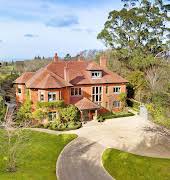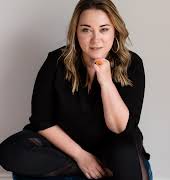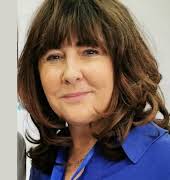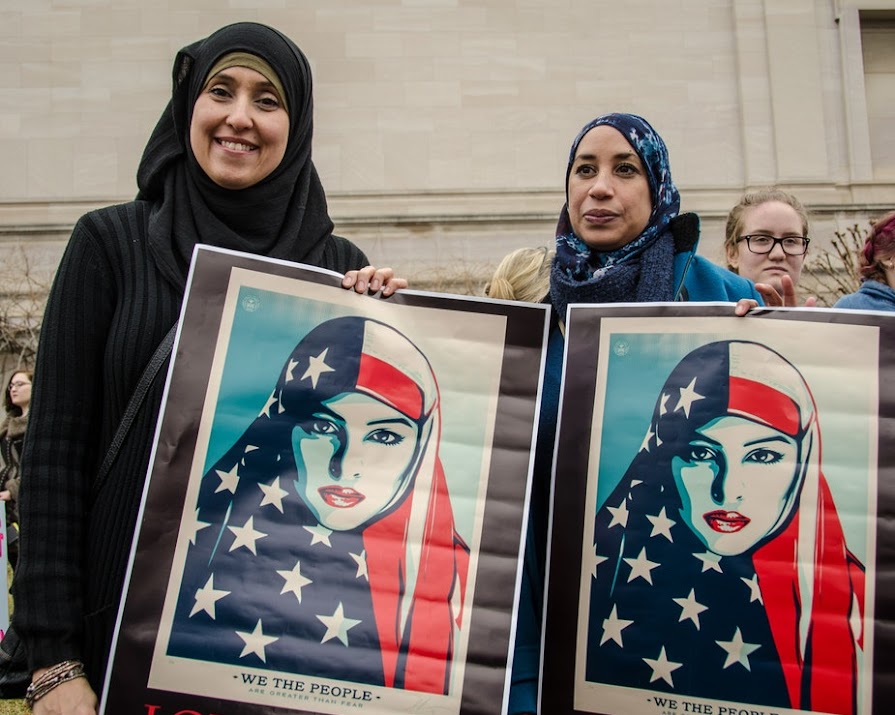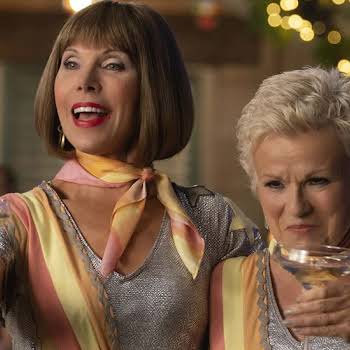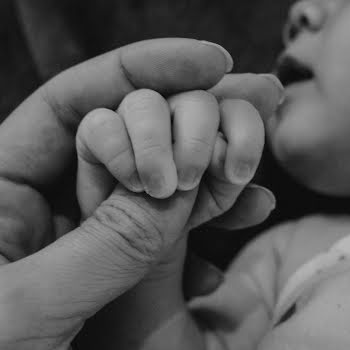
By Colette Sexton
09th Nov 2018
09th Nov 2018
Colette Sexton, news correspondent at The Sunday Business Post, on why the US midterms were a victory for women but more needs to be done to get women elected to political office.
Donald Trump described the results in the US midterms as a “tremendous success” for him, as the Republicans increased their majority in the Senate. The Democrats were also pleased, as they regained control of the House of Representatives for the first time in eight years.
For background, the US votes for a president in a general election every four years and midterm elections take place halfway through a president’s term. They are often seen as a display of opinion on the current president. It was an important race for Donald Trump, who was out on the campaign trail a lot, sometimes doing two or three rallies a day.
But while Democrats and Republicans both claimed victory in the midterms, the real winners were women who were elected in higher numbers than ever before.
Women making waves
In a country which elected a president who has repeatedly made derogatory remarks about women, it is refreshing to see a change in the electoral patterns of the past. More than 100 women won seats in the House of Representatives; a record-breaking number, as women have never held more than 84 of the 435 seats in the House.
The winners included the election of two Muslim women, both Democrats, marking the first time a Muslim woman ever held a seat in the house. Of these, one was a Somali refugee, Ilhan Omar, who won a seat in the state of Minnesota. She will succeed Keith Ellison, who was the first Muslim ever elected to Congress.
Democrats Sharice Davids in Kansas and Deb Haaland in New Mexico were also elected, making them the first Native American women to hold seats. Davids, who previously worked as a lawyer and was a mixed martial arts fighter, will make also history as being the first openly LGBT member of Congress from Kansas.
What does this mean for women in politics? Seeing one of the world’s best-known democracies electing women in huge numbers is great for the rest of the world to see. It will be inspiring to younger women and girls to see so many women climbing higher in the political world. But this success did not come out of the blue. Some 234 women ran for election in the House of Representatives; a record number. Of these, 182 were Democrats and 52 were Republicans. Prior to this, the highest number of women nominated by Democrats was 120 in 2016. Many of the women who won seats ran campaigns based on protecting and improving healthcare. Their backgrounds ranged from military work to teaching, and a lot of them had never been involved in politics before.
The Irish side
On this side of the ocean, Ireland is also making progress in electing women. The general election in 2016 saw 35 women elected to Dáil Éireann, taking 22.3% of the seats being contested; the highest ever number and a 40% increase on the previous record of 25 seats in 2011.
Some of this growth can be attributed to the introduction of gender quotas, which forced parties to nominate women in at least thirty per cent of their total candidacies in general elections. If they did not follow this, parties would lose half of their state funding for the next full parliamentary term. Following the highest ever amount of women elected to Dáil Éireann, people are now calling for gender quotas to be introduced in local elections, where many first dip their toe into politics before climbing up the ladder.
While gender quotas are a controversial topic, they work. Mexico, which introduced gender quotas in 1996, saw women win 48 per cent of seats in Congress in September. The number of women being nominated and elected in the US are promising, but without something to force traditional political parties to change, it will take decades to achieve true gender equality in politics. Gender quotas do not give women an advantage over men, they just level the playing field slightly in a world that has traditionally been skewed in favour of men. And that is a good thing for everyone.



